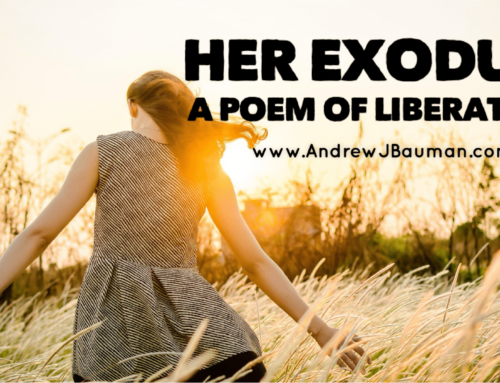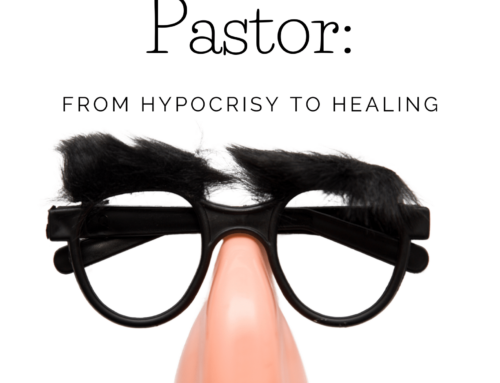I am pleased to have therapist Matt Morrisey be the first guest blogger on my website. You can follow Matt’s work here https://www.mattmorrissey.org/. Matt focuses on the healing sexual & intimacy issues with men and boys and works with the Allender Center.
Boys Exposed: How Porn Traumatizes
by Matt Morrisey
According to most research the average age of a boy being exposed to pornography is 11 years old. As a therapist in a city home to the largest tech industry in the nation, I can tell you that the number is probably closer to 8 and is often as young as 6.
New research from security technology companies suggests that boys under the age of 10 now account for 1 in 10 visitors to porn video sites.
OUR BOYS HAVE BEEN EXPOSED.
We know this. We’ve been talking about this for more than a decade. We know that our kids have access to graphic sexual images. And we know that our culture is over-sexualized and desensitized to the impact of sexual violence. So in our righteous effort to protect our kids, we set passwords, install software, and sit them down for “the talk”. Most of us take drastic measures to assure that our kids will never suffer the same kind of harm that we, too, have endured. Others of us live in denial.
AND YET, WHAT WE HAVE YET TO RECOGNIZE IS THAT REGARDLESS OF THE INTENT THE IMPACT OF THE EXPOSURE TO PORNOGRAPHY IS ALWAYS TRAUMATIC.
The body responds in the way that it was meant to. When a boy’s body is exposed to pornographic language, images, or sounds his cortisol levels rise. And in the moment when arousal moves to pleasure, dopamine and oxytocin begin to flood the brain, and within seconds we have the biochemical cocktail of a sexual traumatic experience.
A boy’s anatomy allows for little subtly in the realm of arousal. His sexual organs live outside of him. And despite the brain’s signals of danger and fear, often his penis exposes just how alive his heart feels. His ambivalence is concretized; he is both afraid and intrigued.
This is all a setup.
Our boys are being exposed, traumatized, and bound to a sexuality that is almost always dishonorable, exploitative, and dehumanizing. And this type of sexuality inevitably leads to only a greater level of degradation and sexually violent behavior in adulthood.
A child is not meant to participate in sexual acts. We have laws against that. And yet, the very nature of the exposure to pornography requires a boy to join in with the actors on the stage. He’s being required to be sexual in a way he had never known before. And while often this happens accidentally in isolation, it is far more likely for this to occur through the introduction of a more sophisticated and mature peer or adolescent and even in some cases, an adult.
He is required to participate twofold: both with the images on the screen and with the persons providing the access.
And so here lies the darkest level of our collective sexuality, most of us have been given access to pornography through our fathers and our grandfathers, through our cousins and our uncles, through our mothers and our sisters, and most definitely through our best friends and our classmates. Our bodies, our sexualities, and our souls are then bound together through shame and contempt
We’re told that it’s a type of sexual initiation. It’s assumed that we should be grateful and proud, that boys will be boys and at the end of the day our sexual worth is based merely on our authority and power. And while it is often introduced communally or relationally, it always leads boys to deeper levels of isolation and deprivation. It both divides and unites us, resulting in a boyhood traumatized.
WHAT NOW?
How do we begin to address both our own stories of being exposed and how our sons live in this paradox every day?
First and foremost, we need to begin to engage our own first encounters with the words, images, and sounds that both enticed and stunned us. How was it that you discovered your dad’s stash? Who taught you what to type in the search bar? How was pornography either displayed or stored in your home? And if not there, where were you when you were first exposed?
There are stories. There is always a beginning. Often, it is in these stories that we hold the most shame, disgust, and contempt toward our bodies and our desires. And yet, we hide the tragic truth behind the humor, the subtly, or our own complicity. Your body remembers the encounter in more ways than you may know. We cannot help but recreate traumatic events. It’s how our resilient minds try to make sense of the fragmentation. So whenever fear and pleasure collide, we cannot do anything but reenact.
Your ways of harming both your own body and other’s bodies through pornography, more often than not have direct ties to the very nature of your first exposure. Your current fantasies that keep you bound to repetitive cycles of suspense, arousal, and release, will frequently give us the roadmap back to that young boy’s tense and eroticized body. He deserves to be blessed, protected, and honored.
YOUR STORY MATTERS.
Secondly, if you fear or know that your son has been exposed to pornography, what he needs the least of is to feel shamed, demanded, or confused. Instead, what he needs to feel is your presence, your kindness, and your hope for repair. He needs to know that his body is good. And yet, while we can bless his desire we must also help him create a different imagination –a sensual imagination that does not require the degradation and dishonoring of women or sexual minorities.
May you not require him to figure this out alone. May you not join the rest of society in it’s chaotic messages of sex and relationships. And may you teach him that to be a boy means to feel complicated, arousing, and confusing feelings. And may you also teach him that his sexuality is meant to be whole, healthy, and beautiful – full of both receiving and giving pleasure in a way that brings honor and gratitude to all parties involved.
The reality is that the exposure to pornography is a traumatic experience. You cannot change that. And yet, trauma can be healed. And healing always requires us to enter into the depths of the story in order to offer containment and regulation to the fragmented pieces of our bodies and our hearts. And when we tell both our own stories and give space for our children to tell theirs, we help them navigate a way back to themselves in a way that does not demand of them to continue in cycles of isolation, shame, and self-contempt.






